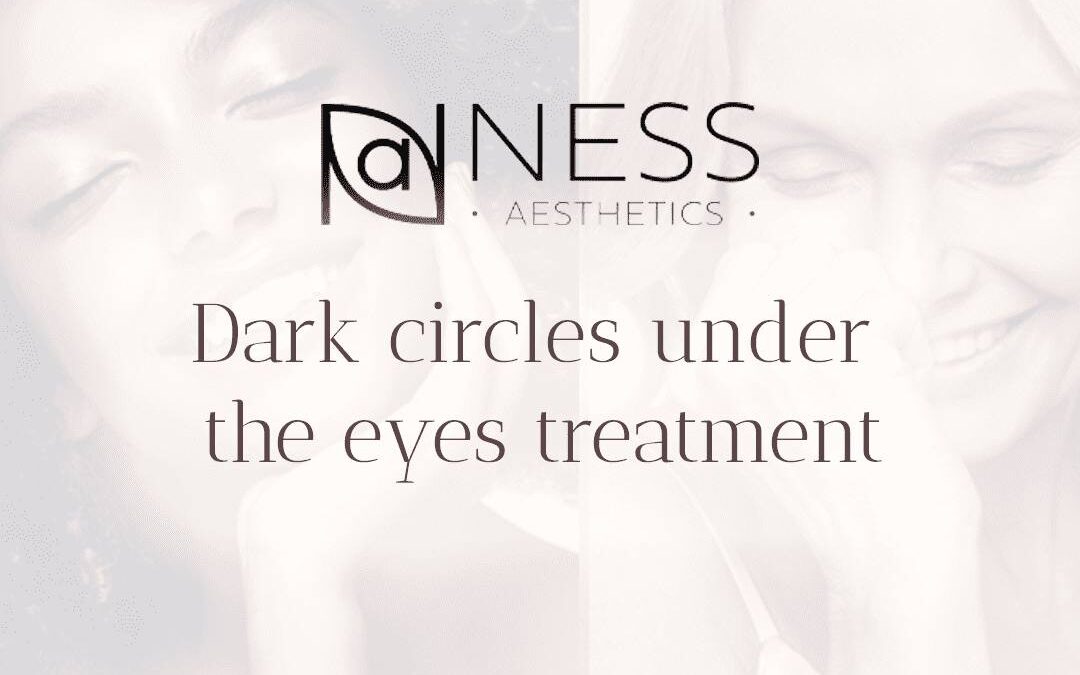Dark circles under the eyes are a common concern for many individuals seeking to enhance their facial aesthetics. They can give a tired and aged appearance, often prompting people to explore various treatment options. Fortunately, advances in cosmetic dermatology have introduced effective solutions, including dermal fillers, polynucleotides, and Platelet-Rich Plasma (PRP) therapy.
Dermal fillers have become a popular choice for treating dark circles, particularly when they create a hollowed appearance. These fillers, most commonly composed of hyaluronic acid, are injected into the under-eye area to restore lost volume, smooth out the skin, and reduce the prominence of shadows and pigmentation. The procedure is minimally invasive, with results visible immediately and lasting several months to a year. Additionally, hyaluronic acid fillers are reversible, adding an extra layer of safety and customization for patients.
Polynucleotides represent another innovative approach to combat dark circles. These substances work at a cellular level to rejuvenate and repair skin tissue. By stimulating collagen production and improving skin elasticity, polynucleotides help enhance the skin’s structure and firmness, thereby reducing the visibility of dark circles. This treatment not only targets the superficial issues of pigmentation but also addresses the underlying causes of poor skin quality, providing a more comprehensive solution.
Platelet-Rich Plasma (PRP) therapy has gained attention as a natural method for dark circle treatment. PRP harnesses the body’s own healing processes by using a concentration of platelets derived from the patient’s blood. These platelets contain growth factors that facilitate tissue repair and regeneration, promoting healthier and more vibrant skin. The procedure involves drawing a small amount of blood, processing it to isolate the platelets, and injecting the PRP into the under-eye area. Patients appreciate PRP for its autologous nature, minimizing risks of allergic reactions or adverse effects.
Choosing the right treatment depends on several factors, including the individual’s specific concerns, skin type, and desired outcomes. Consulting with a qualified dermatologist or aesthetic physician is crucial to determine the most suitable option. Combining treatments may also enhance results, as dermal fillers, polynucleotides, and PRP can work synergistically to improve under-eye appearance. While these treatments offer promising results, maintaining a healthy lifestyle and skincare routine remains essential for sustaining their benefits. Proper hydration, a balanced diet, adequate sleep, and sun protection all play a role in preserving skin health.
In conclusion, the availability of dermal fillers, polynucleotides, and PRP therapy provides effective and diverse options for those seeking to reduce dark circles. These treatments not only address aesthetic concerns but also contribute to overall skin rejuvenation. By exploring these modern solutions, individuals can achieve refreshed and youthful-looking eyes, enhancing their natural beauty and boosting their confidence.



